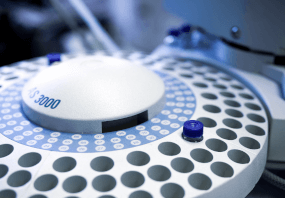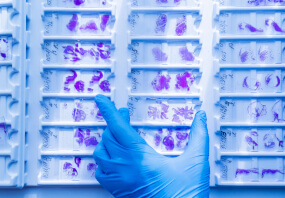General description
Microbes of plant and animal basis mainly produce lipase enzyme. It can also be produced by marine organisms.
Application
Lipase from C. rugosa is used to catalyze the synthesis of flavor esters such as pentyl propanoate and butyl butanoate used in food enhancement.
Lipase from Candida rugosa has been used in a study to assess the influence of phase segregation on enzyme hydrolytic activity.
Lipase from Candida rugosa has been used:
- in the hydrolysis of loaded polycaprolactone–20% tricalcium phosphate (PCL–TCP) composites
- in adsorption of proteins in emulsan/alginate beads and in enzyme assays
- to catalyse methanolysis and hydrolysis reactions
Lipases are used industrially for the resolution of chiral compounds and the transesterification production of biodiesel.
Biochem/physiol Actions
Lipases are used in detergent, food, leather, pharmaceutical and diary industries. It has several characteristics like substrate specificity, stereospecificity and regioselectivity. It also participates in various bioconversion reactions like, hydrolysis, esterification, acidolysis and aminolysis.
Tri-, di-, and monoglycerides are hydrolyzed (in decreasing order of rate).
Lipases catalyze the hydrolysis of triacylglycerols into glycerol and free fatty acids.
Unit Definition
One unit will hydrolyze 1.0 microequivalent of fatty acid from a triglyceride in 1 hr at pH 7.2 at 37 °C using olive oil (30 minute incubation).
Analysis Note
Protein determined by biuret.
- UPC:
- 12352204
- Condition:
- New
- Availability:
- 3-5 Days
- Weight:
- 1.00 Ounces
- HazmatClass:
- No
- MPN:
- L8525-5MU
- CAS:
- 9001-62-1












